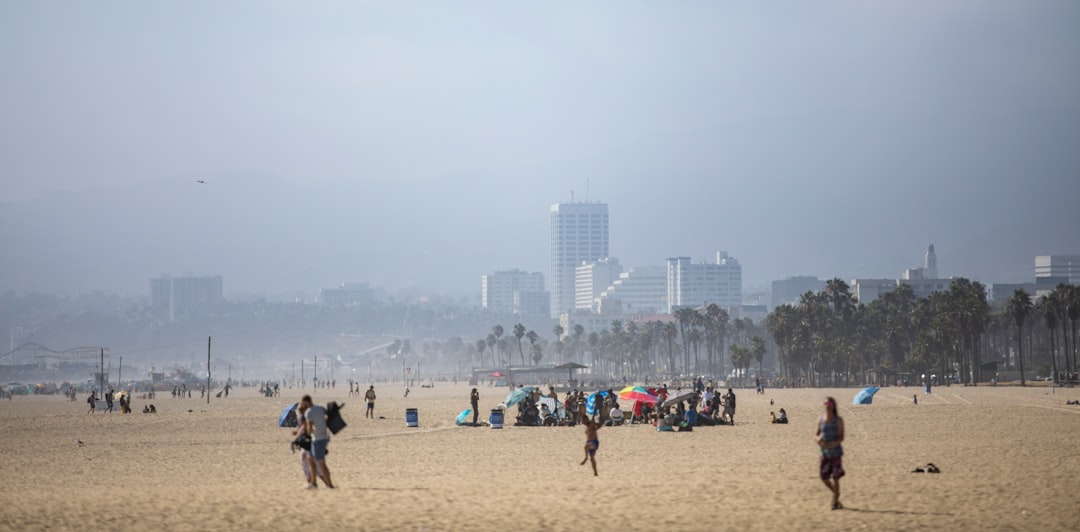Scorching Realities: The Unseen Costs of East Coast Heatwaves
Extreme heat is surging along the East Coast, with temperatures climbing higher than at any point in the last decade. While meteorologists warn residents to brace for dangerously high temperatures, the sizzling forecast signals more than just discomfort—it highlights the mounting costs, risks, and inequities of climate change in America’s most densely populated corridor.
The Heatwave Dilemma: More Than a Weather Event
Heatwaves are often presented as temporary nuisances. In reality, they’re deadly, disruptive, and a glimpse of a hotter future. According to the CDC, extreme heat kills more Americans annually than hurricanes, floods, or tornadoes combined—but these deaths go underreported and often affect the most vulnerable.
Key Impacts at a Glance
| Impact | Who/What is Most Affected | Examples/Evidence |
|---|---|---|
| Health Risks | Elderly, children, low-income | Heatstroke, ER surges, higher mortality |
| Infrastructure Strain | Urban areas | Power outages, transit slowdowns |
| Economic Disruption | Outdoor workers | Productivity loss, labor disputes |
| Environmental Harm | Urban ecosystems | Worsening air quality, tree death |
The Systemic Divide
The East Coast’s wealth and infrastructure are not distributed evenly. As cities broil, marginalized communities bear the brunt. “Heat islands”—urban sections with less greenery and more pavement—trap heat, exposing already at-risk neighborhoods to higher temperatures and compounding health disparities.
“Climate change is not the great equalizer, it’s the great amplifier,” says climate scientist Dr. Katharine Hayhoe. Those with the least are forced to endure the most.
Beyond the Thermometer: What’s at Stake
While some cities have started investing in cooling centers and reflective surfaces, these are glimpses of adaptation, not solutions. The recurring nature of such extreme events raises a pressing question: At what point do we treat heatwaves not as climate anomalies, but as chronic crises demanding long-term reform?
- Policy Response: There’s increasing scrutiny over city planning, emergency services, and the commitment to renewable energy.
- Social Equity: Calls are intensifying for targeted relief and climate adaptation funds for hardest-hit communities.
- Behavioral Change: Employers and schools are re-evaluating protocol on heat-safe working and learning conditions.
A National Wake-Up Call
This week’s heatwave along the East Coast is a stark warning: America’s urban spaces are unprepared for the sweltering “new normal.” The real emergency is not just the temperature spike—it’s the widening gap in who bears the risk and who gets protected.
This article was inspired by the headline: 'It will be the hottest day in over a decade for parts of the East Coast as extreme heat wave reaches its peak - CNN'.

Comments
No comments yet. Be the first to comment!